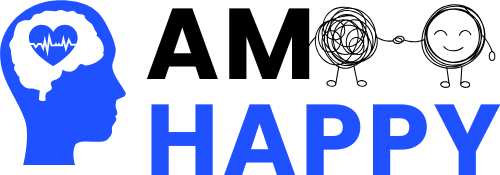“`html
This week’s guided meditation features mindfulness teacher and designer Toby Sola, who shares how we can use distractions to enhance our focus.
It may seem surprising, but actively paying attention to your distractions can actually boost your concentration skills.
In this guided session, Toby Sola introduces a method he calls the “concentration algorithm.” This technique helps you recognize the sensory experiences that capture your attention, providing a framework to enhance your focus and achieve a state of deep concentration more swiftly.
Keep in mind that this meditation includes extended periods of silence. If you need additional time, feel free to pause the recording as you progress.
Harness Distraction to Improve Your Focus
Read through the guided meditation script below and take pauses after each paragraph, or listen to the audio practice.
- Today’s meditation will involve what I refer to as the “concentration algorithm.” Begin by stretching and settling into a comfortable position. You can choose to meditate with your eyes either open or closed. Focus on your breathing without altering it; just breathe normally. Observe the air flowing in and out of your nose and feel your chest and abdomen rising and falling. If your mind drifts to thoughts, sounds, or other sensations, that’s okay. Allow these distractions to pass in the background while you gently return your focus to your breath.
- Let’s take a moment to check in. What has been your biggest distraction? Was it the sound of a lawnmower nearby, or wandering thoughts? It doesn’t have to be precise; just make an approximation.
- Which category best fits your main distraction? If you had to categorize it, what type of distraction was it? Your options are: sight, sound, physical sensation (excluding your breath), mental imagery, internal dialogue, or emotional sensation.
- Now, let’s adjust our approach. For a little while, direct your attention to your primary distraction. For instance, if a sound was distracting you, focus on that noise. If your mind was filled with chatter, listen closely to those thoughts.
- Sometimes, focusing on an experience causes it to fade away. For example, you might concentrate on the sound of a mower, only for it to turn off. This often happens with internal dialogue and mental images as well; when we try to focus, they can vanish, like mice fleeing from a cat.
- Here’s a helpful trick from meditation practice: If the distraction disappears, shift your focus to the related state of peace. For example, if a sound goes silent, concentrate on that silence. If your internal dialogue fades, focus on mental stillness. If you lose a mental image, shift your attention to a blank canvas in your mind. Remember, you can always center your focus on the peaceful state, ensuring you have something to concentrate on. Keep this in mind as you focus on your primary distraction.
- Let’s pause for another check-in. Since we’ve shifted techniques, what has been your greatest distraction? Remember the categories: sound, physical sensation, mental chatter, mental imagery, or emotional sensation.
- For the final technique switch, focus again on your primary distraction. If it ceases, redirect your attention to the associated peaceful state. For example, concentrate on the emotions in your body unless they fade, in which case focus on emotional calm. Or engage with your internal dialogue unless it stops, then turn your attention to mental stillness.
- Before concluding, take a moment for reflection. We covered several focus points today. Which one was the easiest for you to engage with? There are no right or wrong answers; we’re simply exploring and getting familiar with our minds. Whatever was easiest to focus on, take note of that for your next meditation.
- This is the essence of the concentration algorithm. It guides us in discovering what type of sensory distraction we’re naturally inclined towards, and then provides a method to help us effectively focus on it, facilitating quick access to concentrated states.
“`


